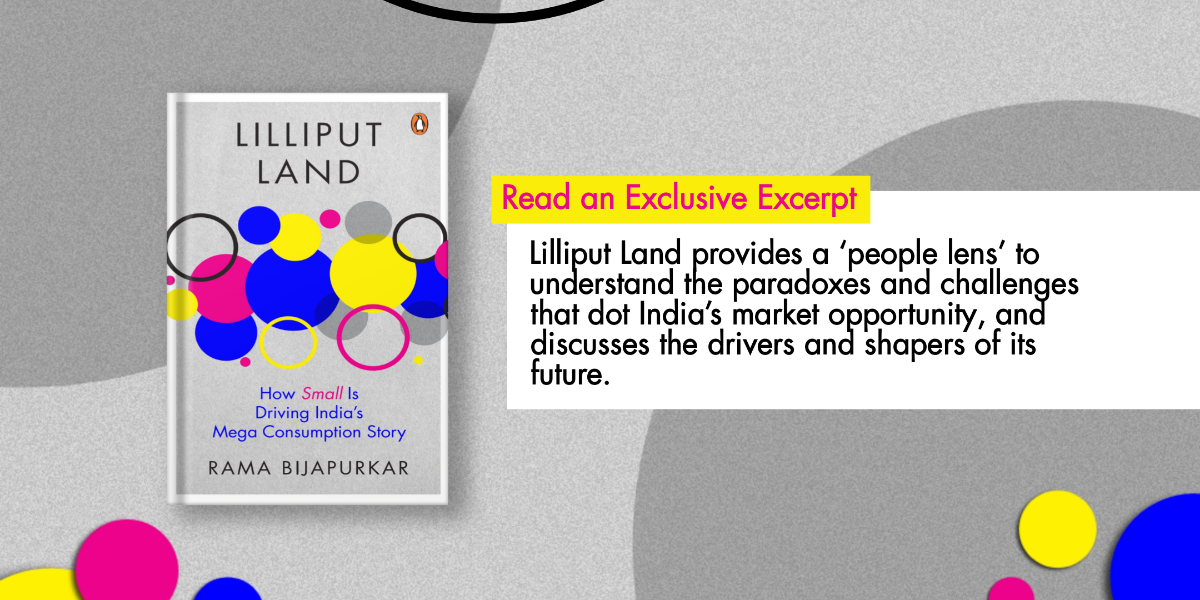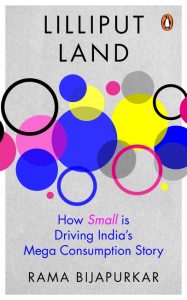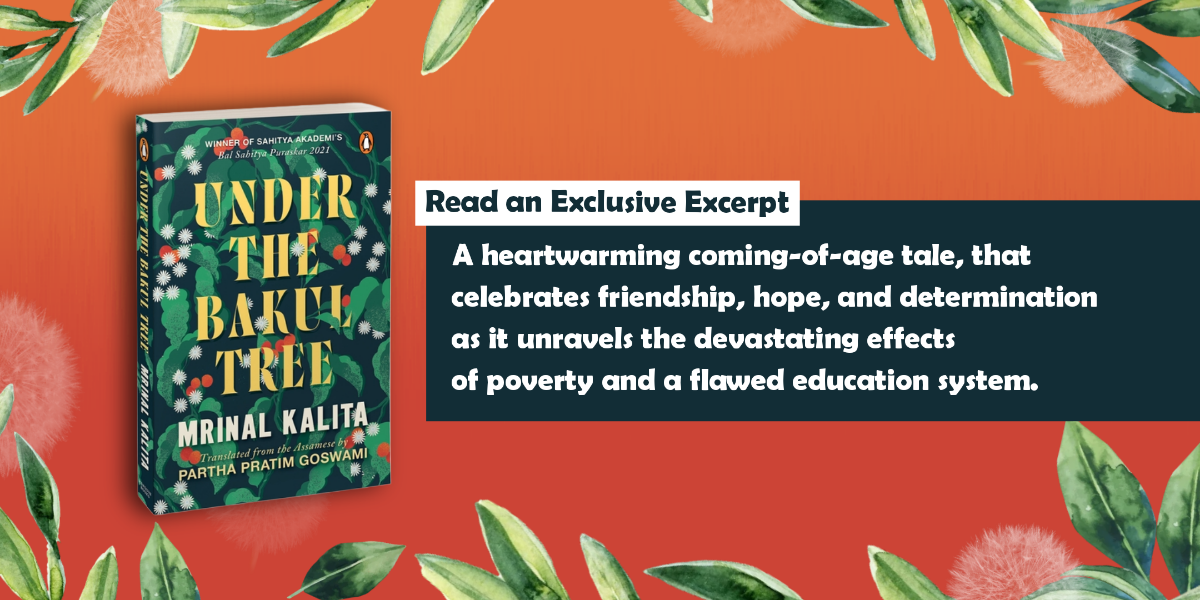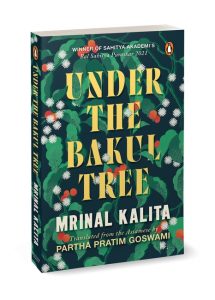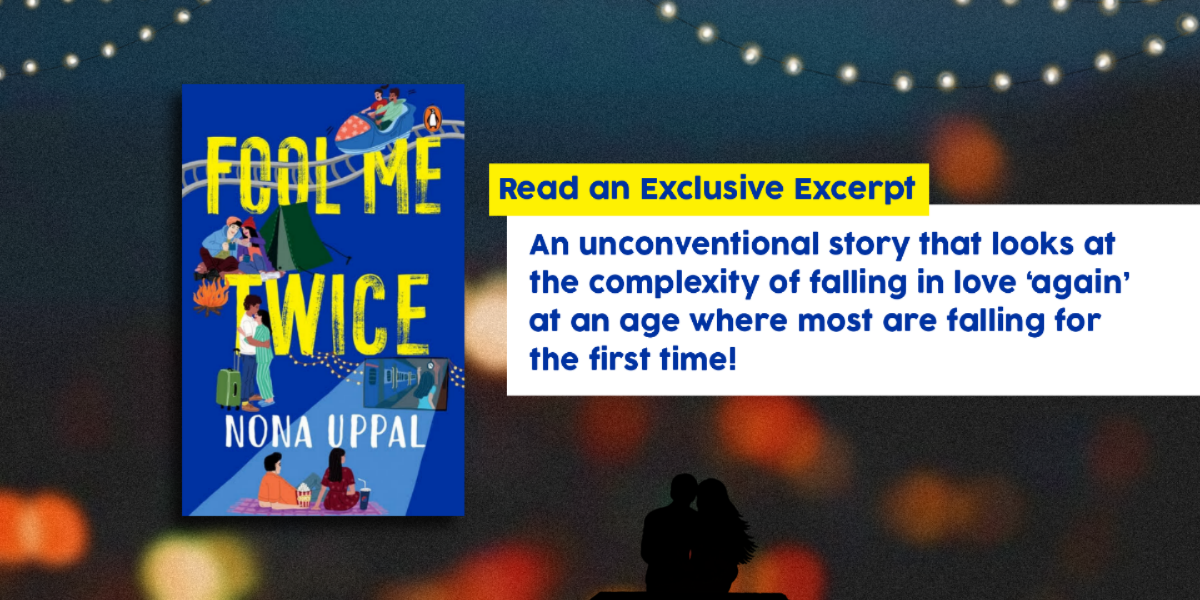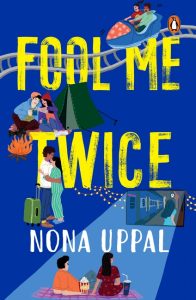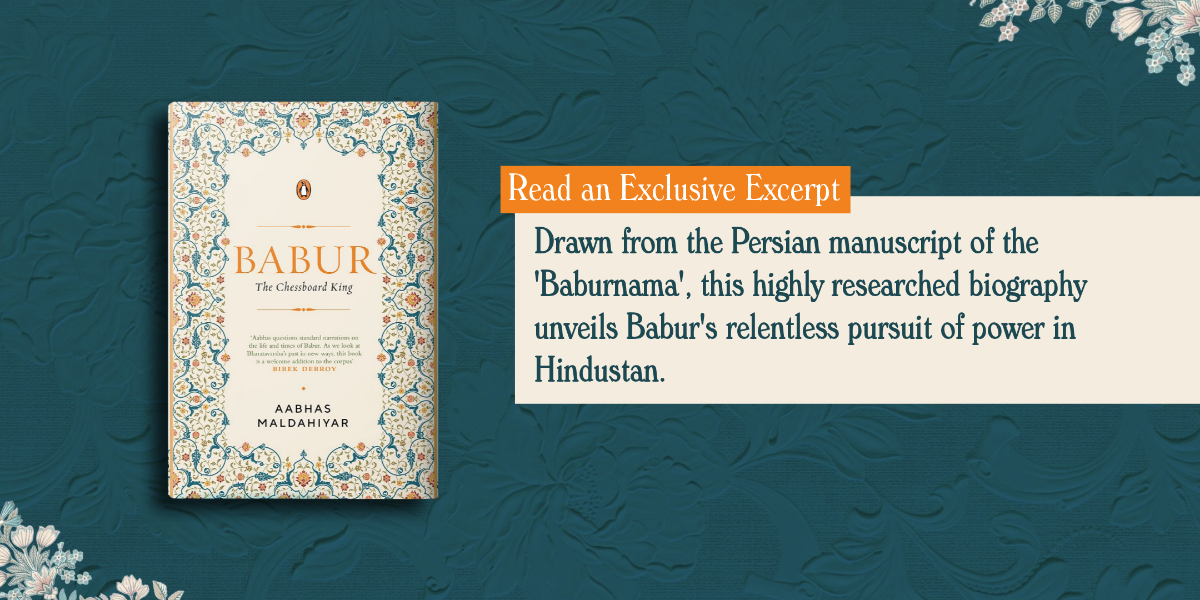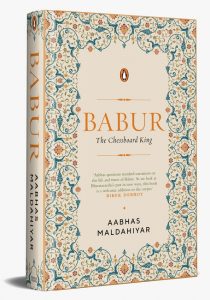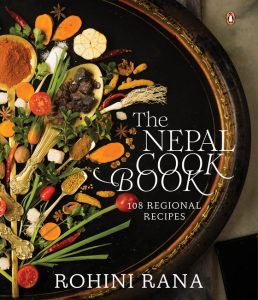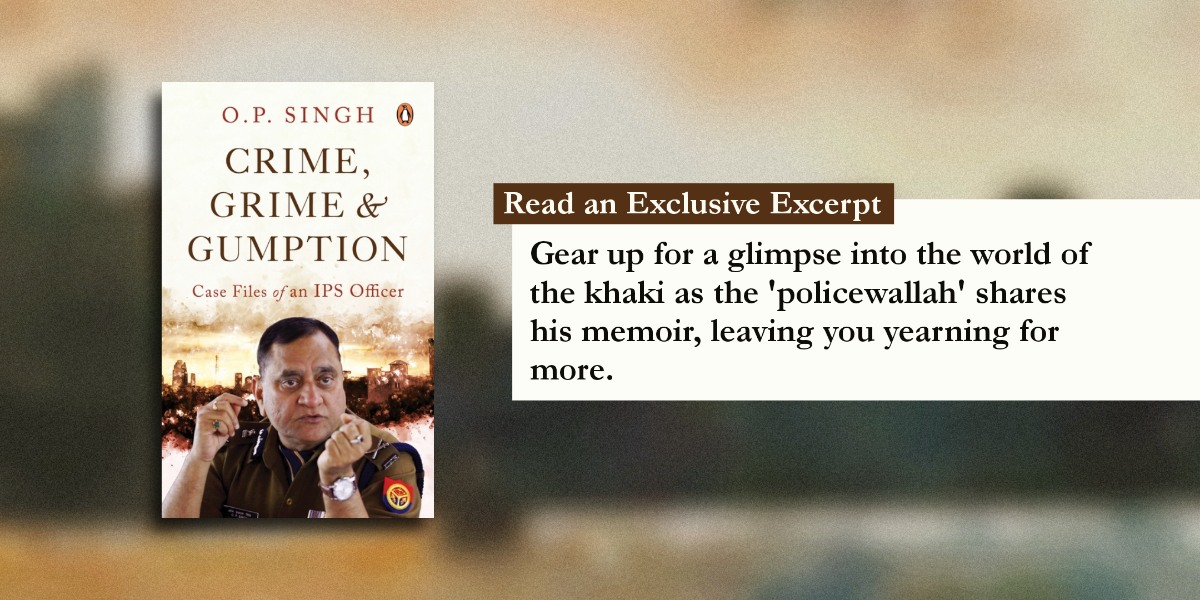Sports governance (Yes, it’s a thing!) is just not a peripheral concern; it holds equal importance as the sport itself. In his latest book, Boundary Lab, author Nandan Kamath sheds light on the intricate subject. Kamath cracks open the world of sports as a testing ground for societal change. Discover how rules, markets, and morals are experimented with and refined on the field, shaping our society.
Read this excerpt to know more.

***
Imagine a world in which certain moves and techniques, once displayed or published, could be locked up and controlled for extended periods by individual athletes who were the first to think of or express them. What if Dhoni could decide whether, who and when another cricketer could play the helicopter shot?
Any use would require a licence from Dhoni. Besides being a logistical nightmare, it would alter the competitive balance of many sports by taking parts of the vocabulary out of use or raising their price. Participants may also end up handcuffed, unable to operate instinctively, driven by their muscle memory.
A batter who doesn’t have Dhoni’s permission to play the helicopter shot could play other shots to the same ball. However, the control of the owner over a unique move could be determinative in other sports that are premised on a single effort rather than extended and multiple segments of play. For instance, the high jump competition would be heavily skewed if Fosbury was the only one allowed to use his move for two decades. Competition results would be more predictable and, as a result, less engaging for participants and spectators.
Despite these complexities, some believe that it is appropriate and fitting to incentivize sports creators or inventors. They argue that there are remedies available to reward the athlete for their ingenuity while keeping the move in use by everyone. If Dhoni owned the helicopter shot, the BCCI could license the move from him in a deal that allowed anyone to use it in the IPL.
Of course, this would come with costs that the system must bear and will, eventually, pass on to its participants. There are also transaction costs involved, with licences to be negotiated. Battles in conference rooms will precede those on the playing field. Infringements would have to be policed across amateur and professional sport—hardly an attractive proposition for anyone other than player agents and lawyers!
If certain moves are taken out of play or made exclusive, learning is hampered. So is improvement and further innovation of such techniques and methods. Sport is learnt at every level of the talent pyramid through observation and emulation. School kids learn movement from physical education teachers. These teachers may have played sport at some level or might teach their wards using a vocabulary of movement passed on to them from a previous generation. Aspiring youngsters learn sports technique in camps from coaches who have often been athletes themselves. Elite athletes learn from certified coaches trained by the system, and from peers and competitors.
The Kenyan athlete Julius Yego was unable to find a coach who could teach him to throw the javelin, so instead, he learnt how to do this by watching YouTube videos. He went on to become African, Commonwealth and World Champion and won silver at the Rio 2016 Olympic Games. Google him and you’ll find his nickname—Mr YouTube.
Creativity at any rung of the pyramid quickly reverberates through the system. It is learnt, aped, modified and improved upon.
In many ways, Dhoni’s helicopter shot has its origin in a long line of prior ways of doing so—Azharuddin and VVS Laxman’s on drives, Ravi Shastri’s chapati shot, Kapil Dev’s Natraj shot and Ranjitsinhji’s leg glance, each building on the prior art. The freedom to copy without concern or cost is at the heart of the pedagogy of sport. This is especially so in resourcelimited countries where coaching talent is limited and much of the learning is done by watching elite players on television and then attempting to emulate them. If certain moves were granted protection and locked away, young athletes on the learning path would first be exposed to the move but then told they may not use it. This is a type of ‘pre-alienation’ that puts options and ideas into the mind but takes them away even before they can be experimented with.
***
Get your copy of Boundary Lab by Nandan Kamath wherever books are sold.










